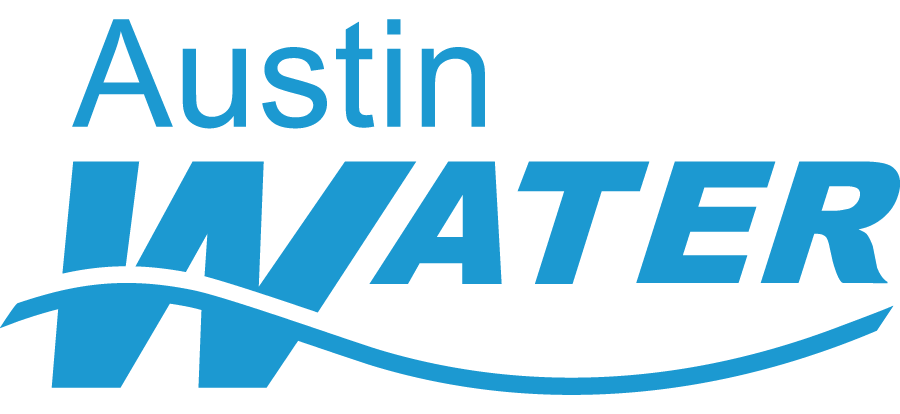As described in the Habitat Fragmentation section, edge species thrive on the boundaries between habitat and development, which causes problems for species like the golden-cheeked warbler that occupy the interiors of habitat tracts. One major problem that arises is elevated rates of nest predation near habitat edges as well as along trails. Common nest predators include blue jays, scrub jays, opossums, raccoons, skunks, squirrels, and domestic cats. These predators feed on the eggs and the nestlings of birds.
Cited as a reason for listing both the golden-cheeked warbler and the black-capped vireo as endangered, another problem edge species is the brown-headed cowbird. Cowbirds evolved to follow herds of buffalo and eventually earned their name by shifting to herds of cattle. Since the females had to lay eggs and move on with the herd, the cowbird adapted by parasitizing the nests of other species. The cowbird will lay its eggs in a host nest, which results in the host species raising the cowbird hatchlings. Sometimes the female cowbird will even eliminate possible competition by pushing other eggs out of the nest or poking holes in the eggs.
The cowbird hatches one to two days earlier than the other nestlings, giving the cowbird an early advantage both in size and noisiness. Considerably larger, the cowbird hatchling will often then dominate in the nest in getting fed. This parasitism is especially devastating in the case of the black-capped vireo because it cannot raise its own young once the nest has been parasitized. As many as 3 out of 4 vireo nests are parasitized by cowbirds, posing a serious threat to the viability of the already endangered species. To protect the welfare of the golden-cheeked warbler and the black-capped vireo, cowbirds are currently trapped and removed as part of Preserve management.
Red imported fire ants outcompete native species of ants and reduce the native insect supply for animals. They can also directly prey upon the hatchlings of birds. In some cases, fire ants can even cause the golden-cheeked warbler to abandon its nest by stinging the brood patch of the female while she is sitting on the eggs. To avoid pesticides that can be potentially toxic to wildlife, red imported fire ants are currently managed by pouring boiling water directly onto the mounds.
The invasive feral (or wild) hog can tear up large sections of valuable riparian habitat by foraging, wallowing, rooting, and rubbing against tree trunks and posts. Hogs consume acorns that would contribute new trees to the ecosystem and disturb the roots and seeds of other plant species, thus altering the native plant community. While rooting in the soil, hogs use their tusks and strong snouts to turn up and loosen soil in search of grubs, acorns, and roots. The soil is then washed into creeks during rainstorms, removing valuable soil from hillsides and increasing the level of silt in creeks which can negatively impact aquatic species and habitat. As part of habitat management on the Preserve, feral hogs are currently trapped and removed. While hiking in the Bull Creek Nature Preserve, do not approach feral hogs. Although feral hogs generally avoid people, sows will aggressively defend their young.
A final problem species is the white-tailed deer. However, given the acute impacts of deer overpopulation on the Preserve, this threat will be more extensively covered in the White-Tailed Deer section.

